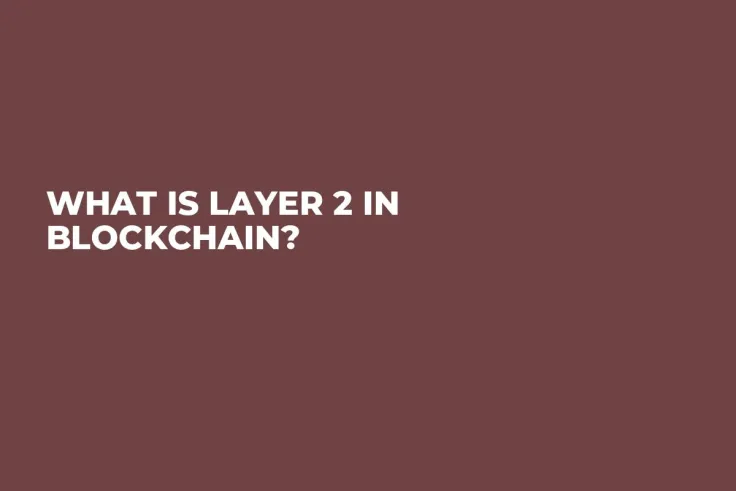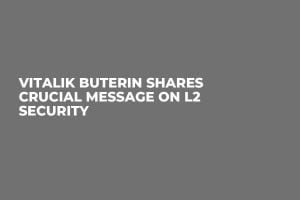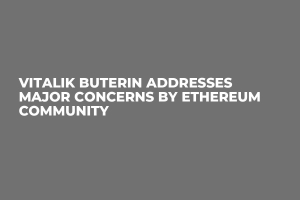
What is Layer 2?
Layer 2 refers to off-chain networks or technologies built atop a base blockchain (Layer 1) that extend its capabilities — most notably by improving scalability and transaction throughput.
These solutions are essential for blockchains that prioritize decentralization and security, often at the expense of speed and scalability. By handling transactions more efficiently, Layer 2 solutions help reduce congestion and lower transaction costs on the main chain.
These Layer 2 enhancements help address the "blockchain trilemma," offering a pathway to scalability without compromising the core tenets of decentralization and security.
In general, Layer 2 solutions operate independently from the main chain, performing a high volume of transactions off-chain while periodically updating the base layer.
This “off-chain” approach to scaling provides blockchain networks with an efficient way to increase transaction speed and volume, supporting more robust decentralized applications.
How does L2 work?
A key advantage of off-chain (Layer-2) solutions is that they don’t require changes to the main blockchain. Layer-2 networks allow for high transaction throughput, taking over tasks that would otherwise burden the main chain.
This enables the main chain to focus on security, while Layer-2 networks handle speed and scalability, capable of processing hundreds or thousands of transactions per second.
Layer 2s generally consist of two parts: a network for transaction processing and a smart contract on the base blockchain to resolve disputes and confirm the state of the Layer 2.
In addition, to ensure accuracy, Layer-2 networks periodically send cryptographic proofs to the main blockchain, verifying the integrity of their transactions and maintaining overall network security.
Vitalik Buterin's vision
Ethereum co-founder Vitalik Buterin emphasizes that Layer 2 networks on Ethereum inherit the security of the Layer 1 blockchain, meaning assets on L2 remain safe as long as L1 is secure.
Typically, withdrawing funds from an L2 network requires a seven-day waiting period for transaction validation, but with staked rollups, this delay is reduced to mere seconds as stakers verify transactions instantly.
Buterin also highlights the efficiency of both L1 and L2 on Ethereum, where transactions confirm within seconds, with L2 fees often below $0.01, effectively addressing concerns about high costs. He mentions successful Ethereum projects like Farcaster, Lens and Polymarket, which showcase the potential of these networks.
Buterin suggests that a balanced fee structure is crucial for Ethereum’s future, as it would help maintain predictable costs and avoid excessive volatility. This balance will ensure that both L1 and L2 fees remain accessible, benefiting the entire ecosystem economically, technically and culturally.


 Alex Dovbnya
Alex Dovbnya Dan Burgin
Dan Burgin Arman Shirinyan
Arman Shirinyan Denys Serhiichuk
Denys Serhiichuk